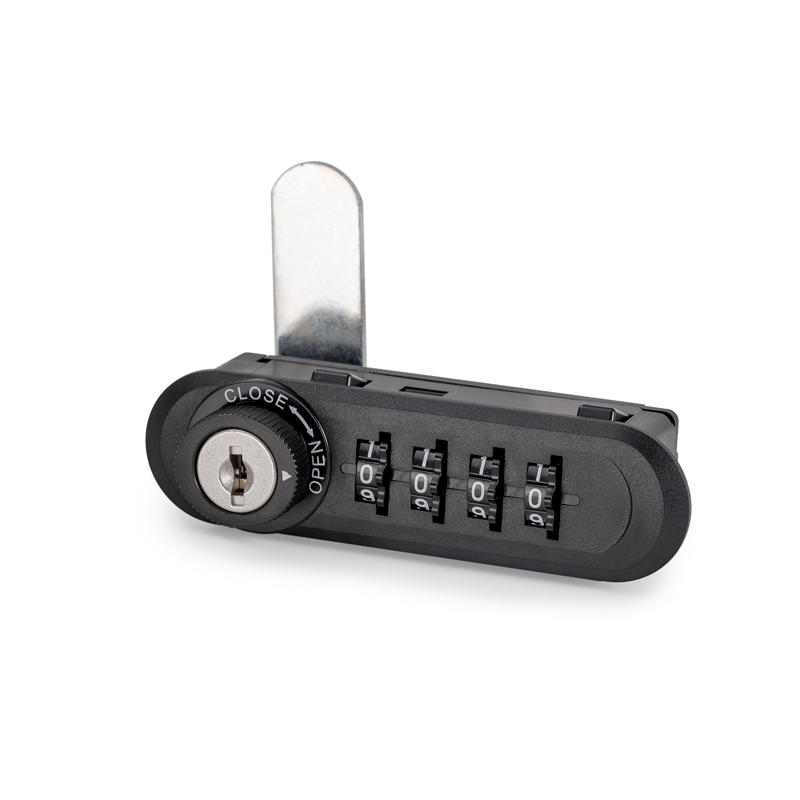The security of cabinet drawer locks against picking or bumping can vary based on several factors, including the type of lock and its design. Here's a breakdown:
Mechanical Locks: Mechanical cabinet drawer locks, such as pin tumbler locks, operate on a mechanism where a series of pins inside the lock cylinder must align at the shear line when the correct key is inserted. The security of these locks against picking depends on factors such as the number of pins (typically ranging from four to six), the complexity of their pinning arrangement, and the precision of manufacturing. Lower-quality locks with simpler pin configurations are more vulnerable to picking, where specialized tools manipulate the pins individually to simulate the correct key's action. Additionally, traditional bumping techniques involve striking the lock while applying rotational force to align pins momentarily, allowing for unauthorized opening.
High-Security Locks: High-security cabinet drawer locks are engineered to resist various forms of attack, including picking and bumping. They incorporate advanced features such as security pins that have unique shapes (like spool, serrated, or mushroom pins) or varying diameters, making them more challenging to manipulate without the correct key. Anti-drill plates made from hardened steel or carbide inserts are integrated into the lock housing to deter drilling attacks, which are common methods used to bypass less secure locks. High-security locks often use stronger materials throughout their construction, including hardened steel for the lock body and cylinder, which enhances resistance to physical tampering.
Electronic Locks: Electronic cabinet drawer locks provide a modern alternative to mechanical counterparts by replacing traditional key mechanisms with electronic components. These locks typically operate using digital codes entered on a keypad or RFID cards, or through biometric means such as fingerprints or retinal scans. Unlike mechanical locks, electronic locks are immune to traditional picking and bumping techniques because they do not use physical keys or internal pin tumblers. Advanced encryption algorithms protect the communication between the lock and its control unit, ensuring secure access control and preventing unauthorized entry attempts through electronic hacking methods.
Key Control: Key control measures are crucial for maintaining the security of cabinet drawer locks. High-security locks often employ restricted keyways, which are proprietary designs that limit key access to authorized personnel only. This prevents unauthorized key copies from being made, thereby reducing the risk of unauthorized access. Key control also includes maintaining an accurate record of key distribution and ensuring that lost or stolen keys can be quickly deactivated and replaced to prevent security breaches.
Installation: Proper installation is essential to maximize the effectiveness of cabinet drawer locks in securing valuables and sensitive items. Securely mounting the lock within the cabinet using strong screws or bolts ensures that it cannot be easily pried off or tampered with from the outside. It's crucial to choose installation locations that prevent direct access to the lock mechanism, thereby minimizing the risk of physical attacks. Ensuring that the lock is flush-mounted and properly aligned within the cabinet structure helps maintain its functionality and durability over time.



 English
English 中文简体
中文简体
















